The Takayama Spring Festival, held every year on April 14 and 15 in Takayama city, needs a disclaimer to protect its reputation as one of Japan’s most beautiful festivals. First, you might have seen promotional photos or posters showing beautiful floats against the background of blooming cherry blossoms. In fact, it is only on very rare occasions that those cherry blossoms, fast asleep, awaken in time for the festival. Takayama’s winter is bitterly cold and snowy, and in a regular year, cherry blossoms bloom in late April. Count yourself lucky, then, if you are visiting this year. Thanks to an unusually warm winter, cherry blossoms here are forecast to be in full bloom around mid-April.
Second, as much as everyone hopes that the festival will be held come rain or shine, more often than not, the major attractions will be cancelled if it rains. Interestingly, the final decision rests upon a single person, Miyamoto, who sits at the helm of the organizing committee. But you may wonder, what is the big deal if it rains?
Festival floats – Yatai – play a central role in Takayama Festival. Yatai is not to be confused with the yatai food carts popular in Fukuoka of Kyushu. Floats are referred to as dashi or hikiyama in some other regions as well. Takayama’s yatai began to take its current exquisite forms back in late 17th century. Back then, through direct exchanges with Edo, or Tokyo, Takayama fell under the influence of the flamboyance of these festivals. Dannashu (wealthy merchants) with a lot of money to spare began to demonstrate their economic might by building three-tier floats with exquisite carvings, ornaments and gilding.
The art of float-making subsequently evolved into a competition of affluence and splendor, eventually giving birth to the twelve luxuriously ornate yatai you see nowadays. In addition, some floats also blend in the feature of Karakuri, or marionette, which further established the distinct characteristics of Takayama floats. It may not be an understatement to regard the floats as works of art. Not only do they showcase exquisite craftsmanship but they also hark back to the old days of material abundance. Who would risk taking an expensive piece of art out for a walk in the rain, not to mention the floats have been designated as tangible folklore cultural assets?
Festival floats emerging from their storehouses during the festival
Takayama Festival is hailed as one of the three most beautiful festivals in Japan, and has come to be associated more with elegance than excitement. It is a relatively quiet festival, without participants chanting, drumming and shouting in a buoyant and festive mood.
Takamaya Festival boasts three main attractions. First is the gathering of floats, which are only on display during the festival. The line-up of floats on the red Nakabashi bridge probably earns the most camera flashes during the festival. The second attraction is the parade of floats. It is no mean feat that the floats’ guardians always manage to turn the giant floats into narrow streets without their crashing into buildings on both sides. The night parade, which is held only on April 14, marks the climax of the whole festival. Sights of floats festooned with lanterns wading along the streets were definitely mesmerizing. Last but not least is the karakuri, or marionette performance, which is performed only on three floats twice a day. The karakuri dolls on the floats are controlled by puppeteers through numerous strings and come alive, performing a range of impressive movements. Given its popularity, if you want to see the performance up close, you may have to secure a place at the front either half-an-hour or one hour in advance.
It is no mean feat to navigate the huge float along the narrow street!
Mesmerized by the beauty of the floats, one can easily forget the meaning of the Takayama Festival. It is actually the annual festival of the Hie Jinjya Shrine, which guards the southern half of the ancient Takayama castle town. The festival heralds the much-anticipated spring in Takayama following a long and bitter winter. Apart from relishing in the arrival of spring, residents also take the occasion to pray for good harvests for the year. The Gojunko procession, though less popular among tourists, is actually regarded by locals as the most important part of the festival. The mikoshi portable shrine, which houses the deity, travels around the town along with lion-dance performers and musicians to drive out evil spirits.
Don’t despair if you fail to secure accommodation in Takayama for this year’s spring festival. To commemorate the 80th anniversary of the establishment of Takayama city, a special float marionette performance will be held on April 29th and 30th, with a total of four floats(as of April, 2016). Three from the spring festival and one from the autumn festival will join hands to make a special appearance.
Takayama Spring Festival
Access: Take the JR Tokaido Shinkansen (Hikari for JR Rail Pass holders) from Tokyo to Nagoya. At JR Nagoya station, take the JR Hida limited express train to Takayama. The cost, 13,930 Yen, is completely covered by the Japan Rail Pass.
Schedule: April 14th – April 15th
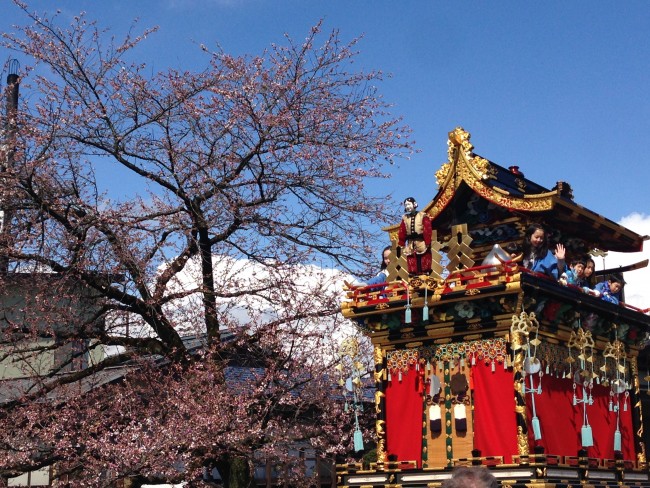
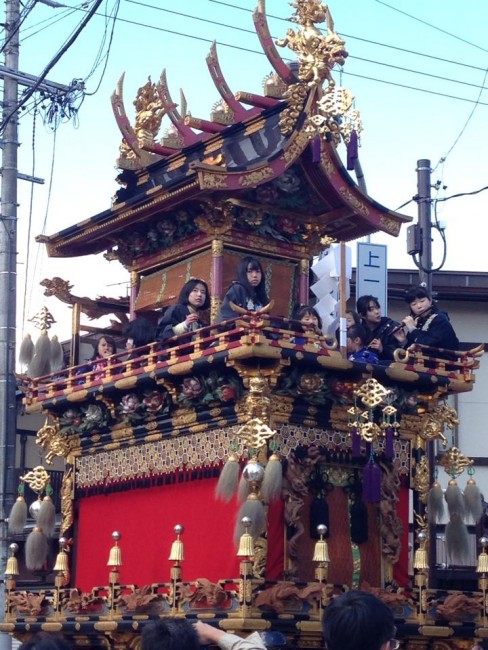
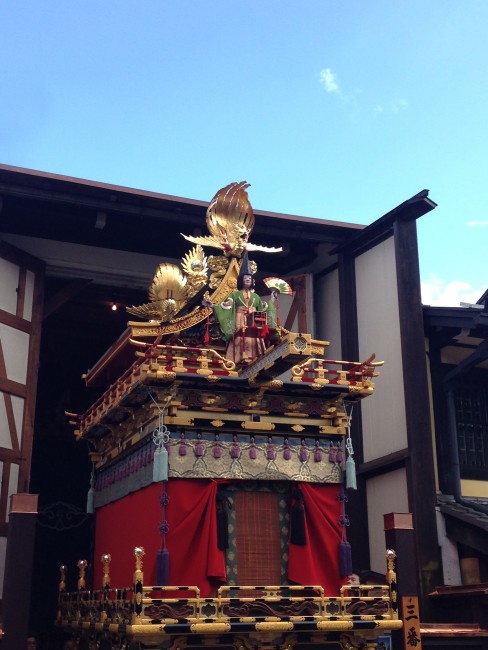
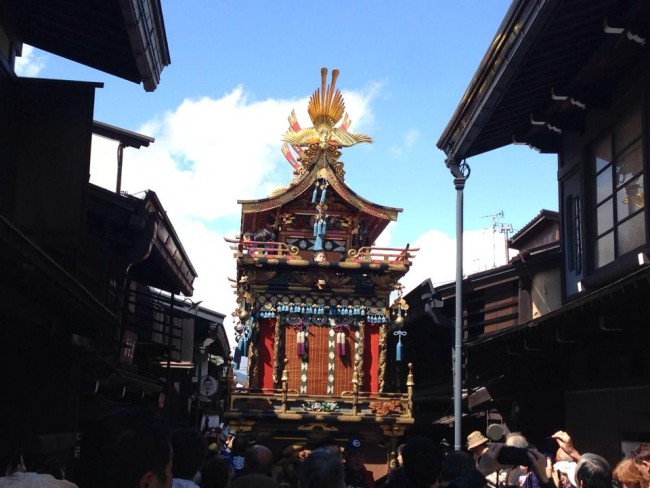
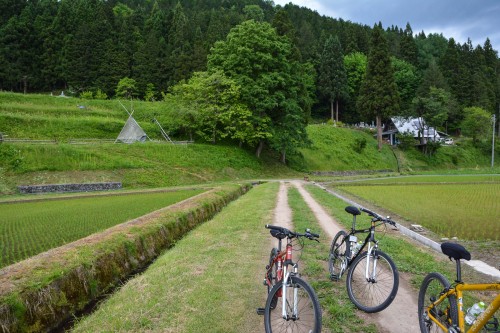
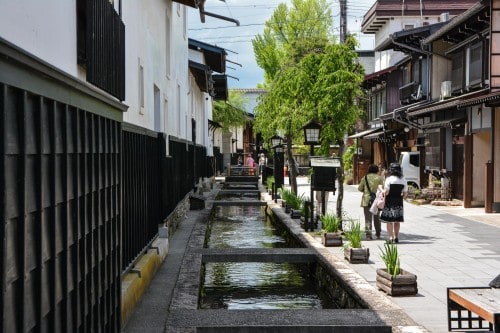
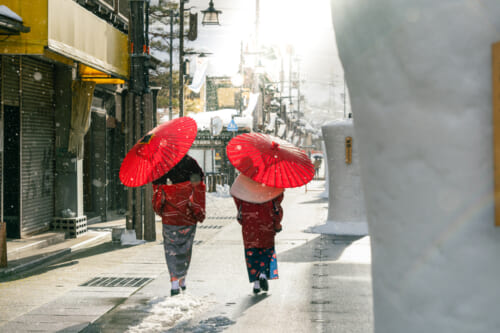
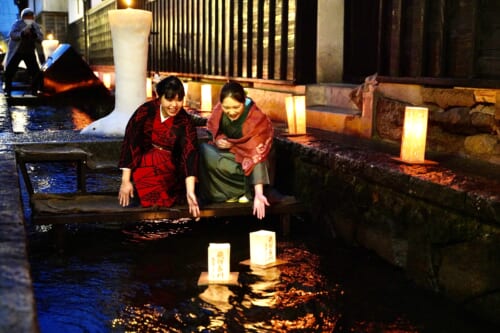

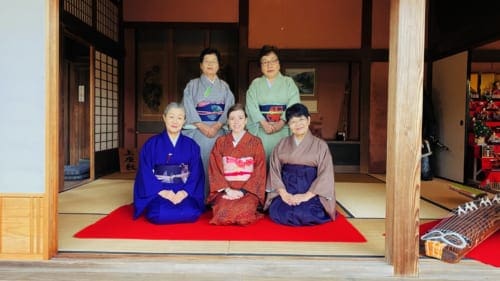
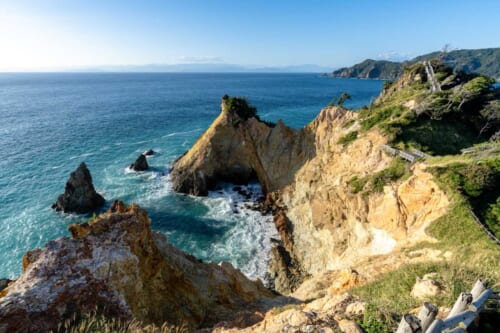
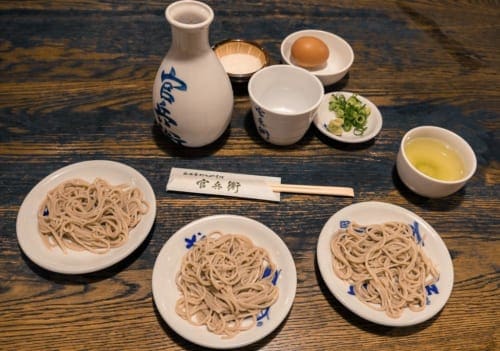
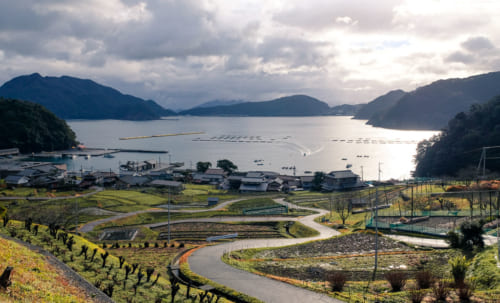
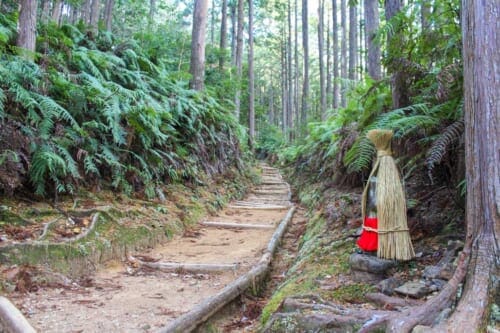
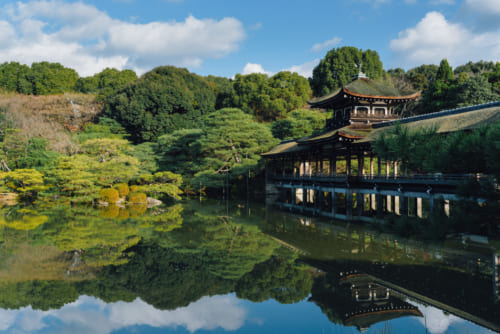


No Comments yet!